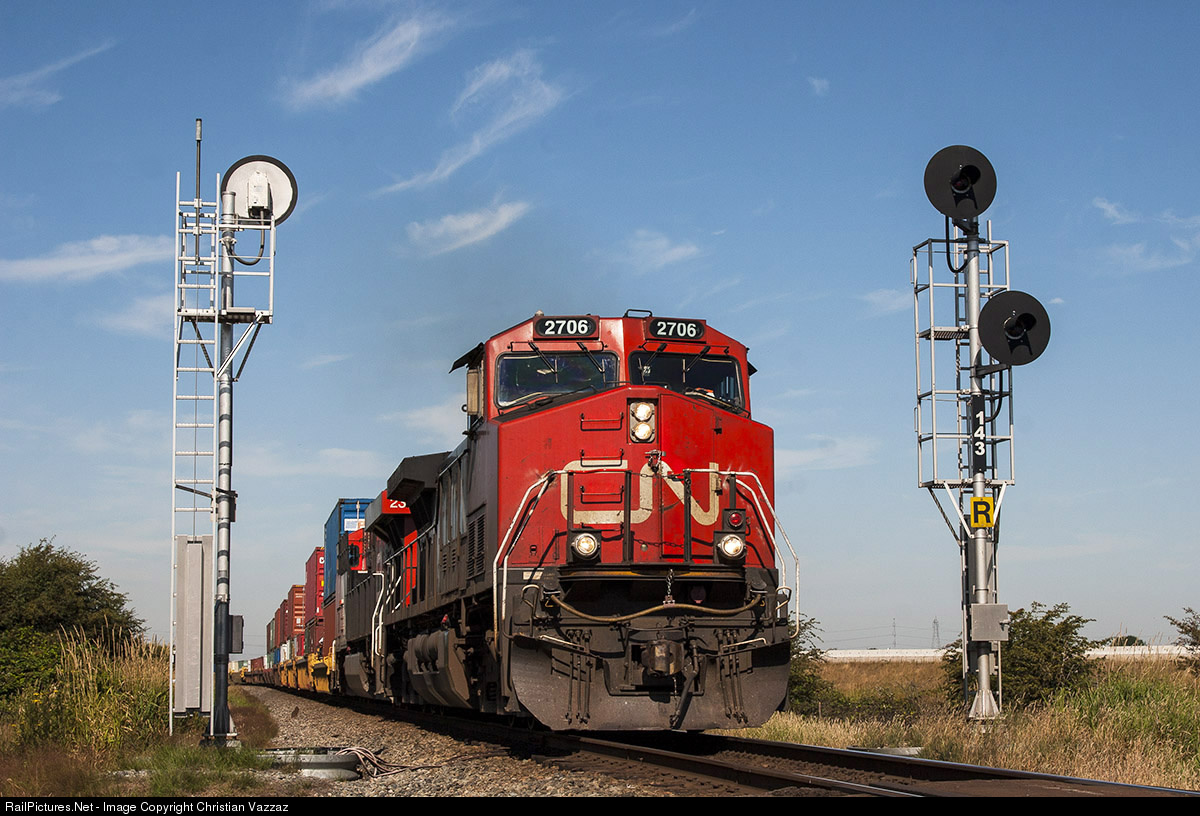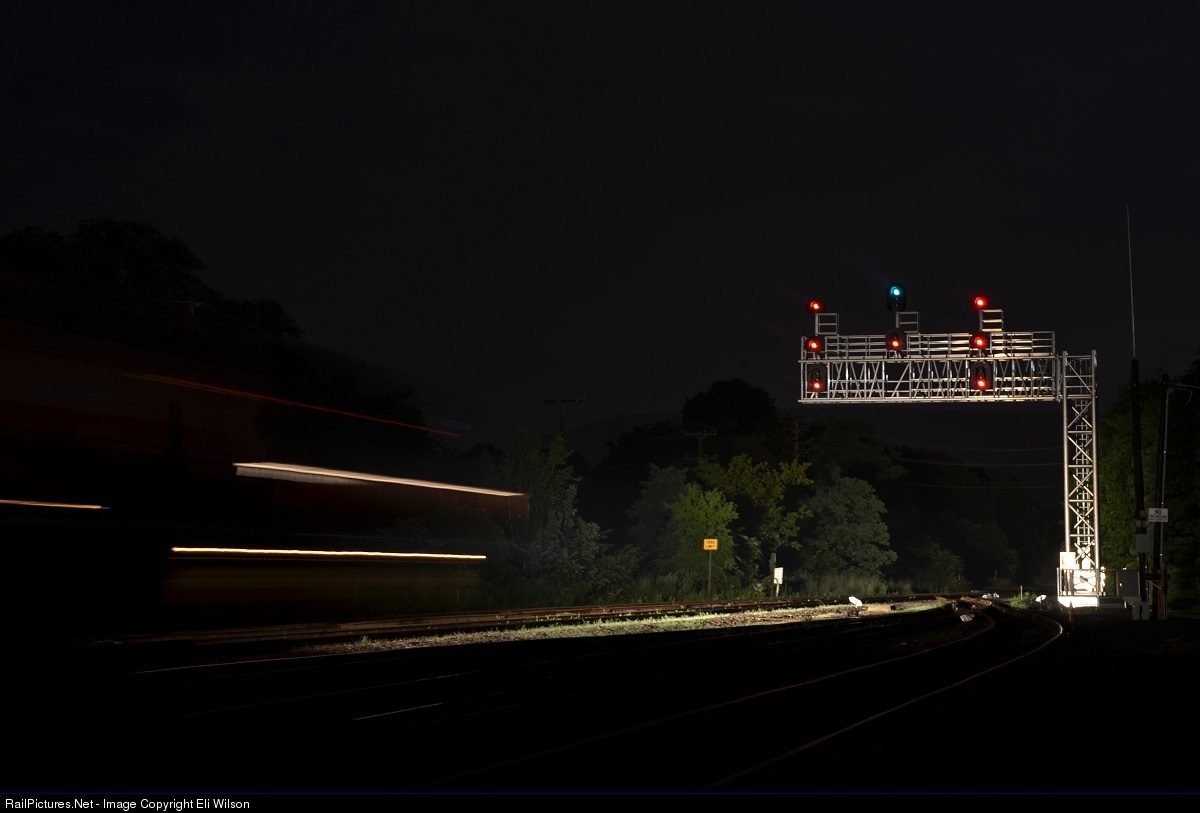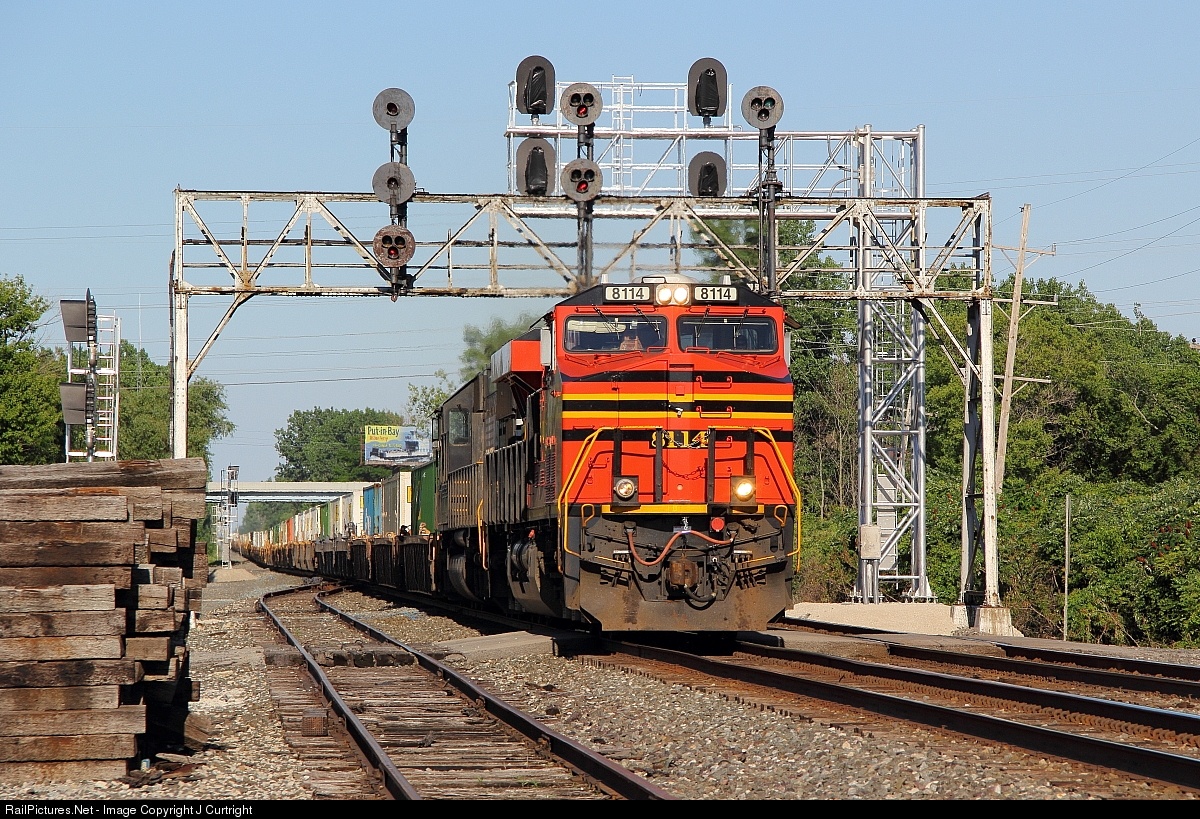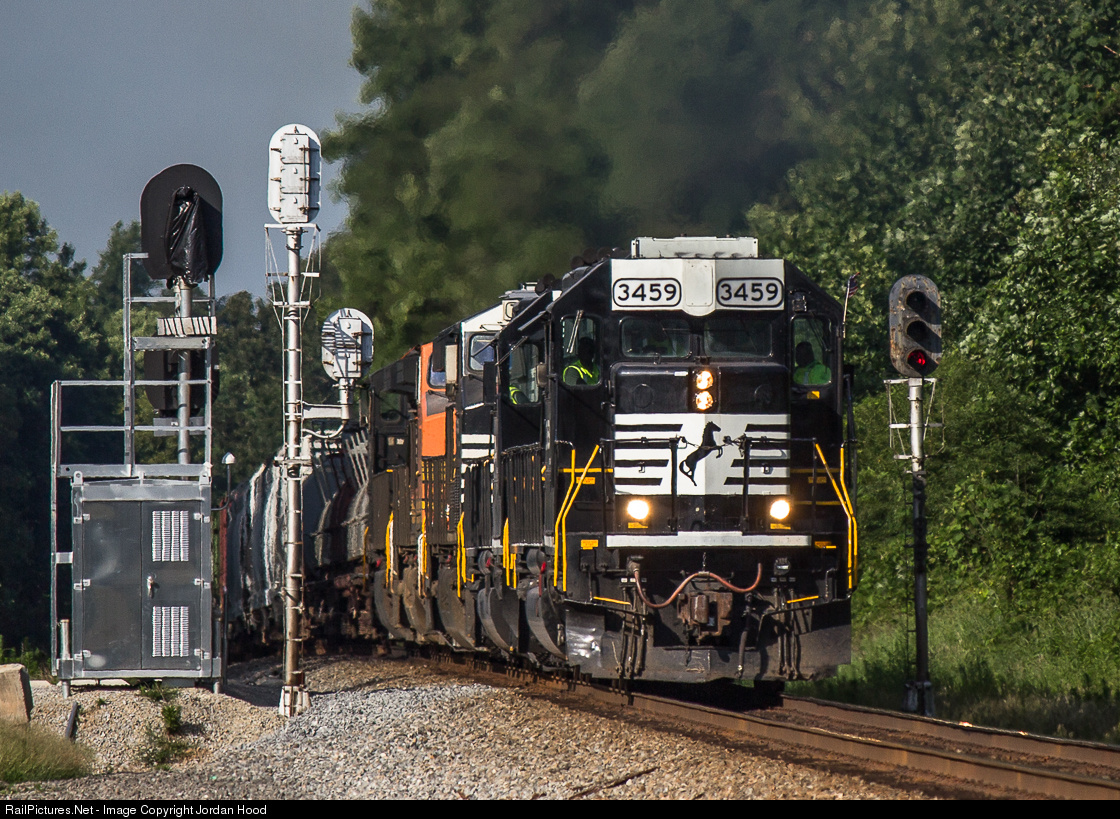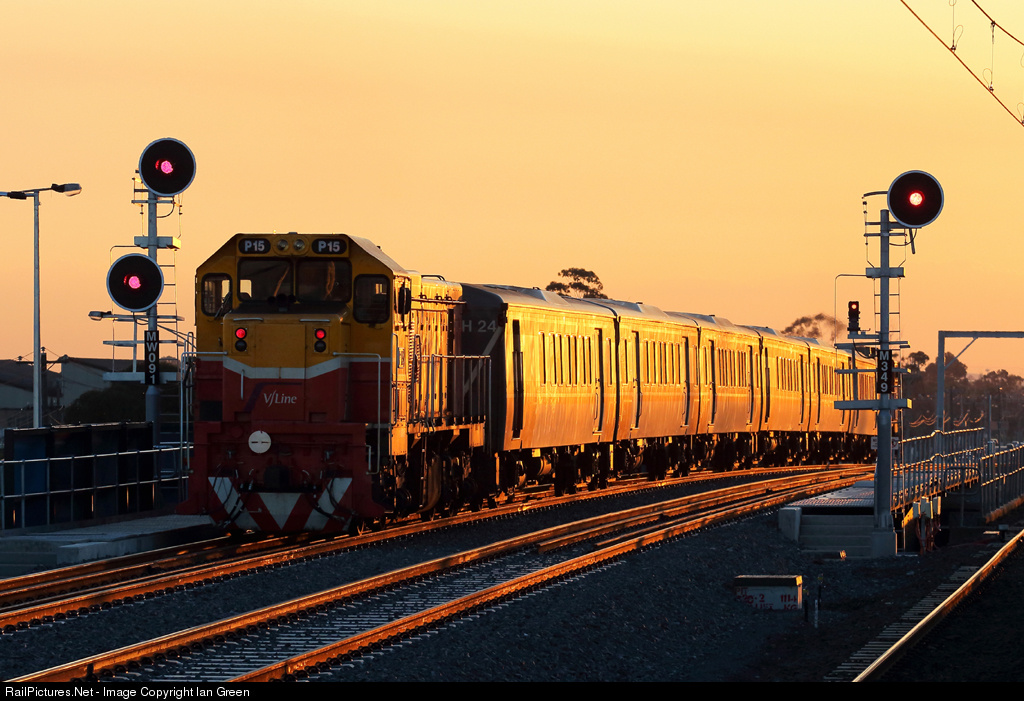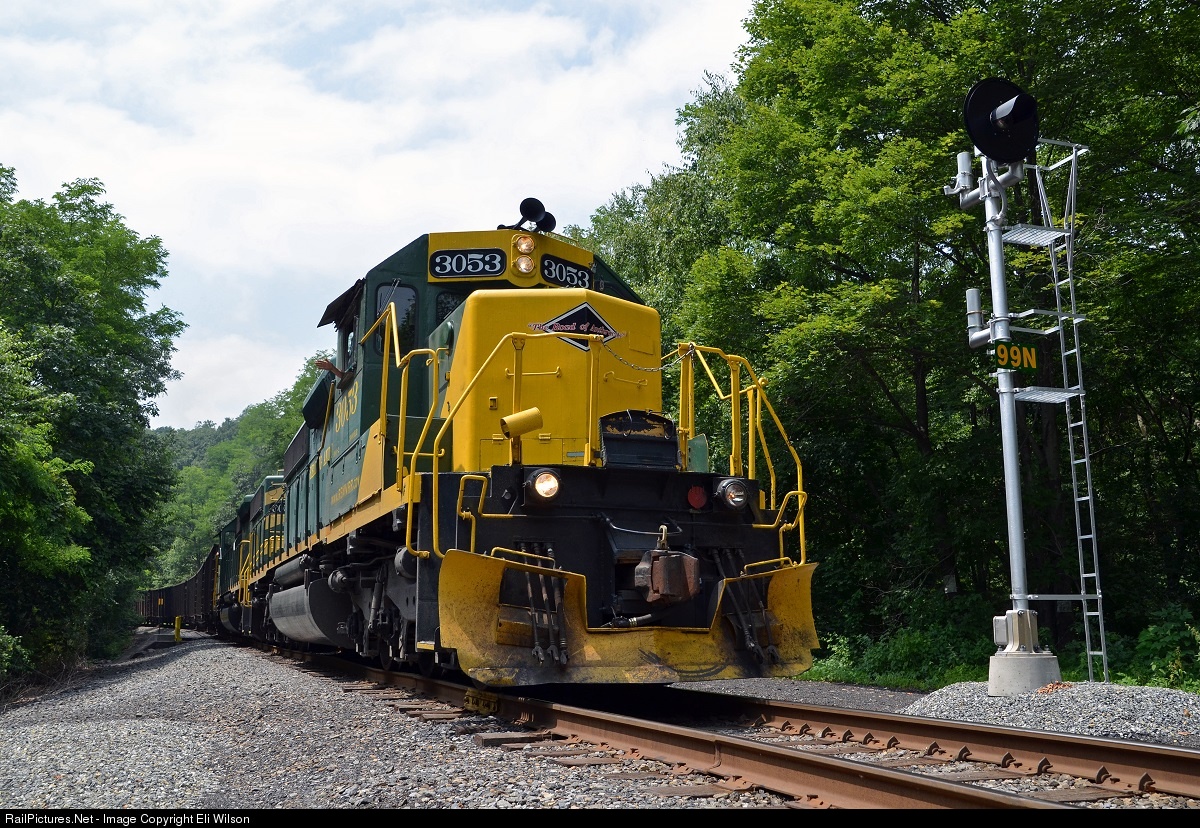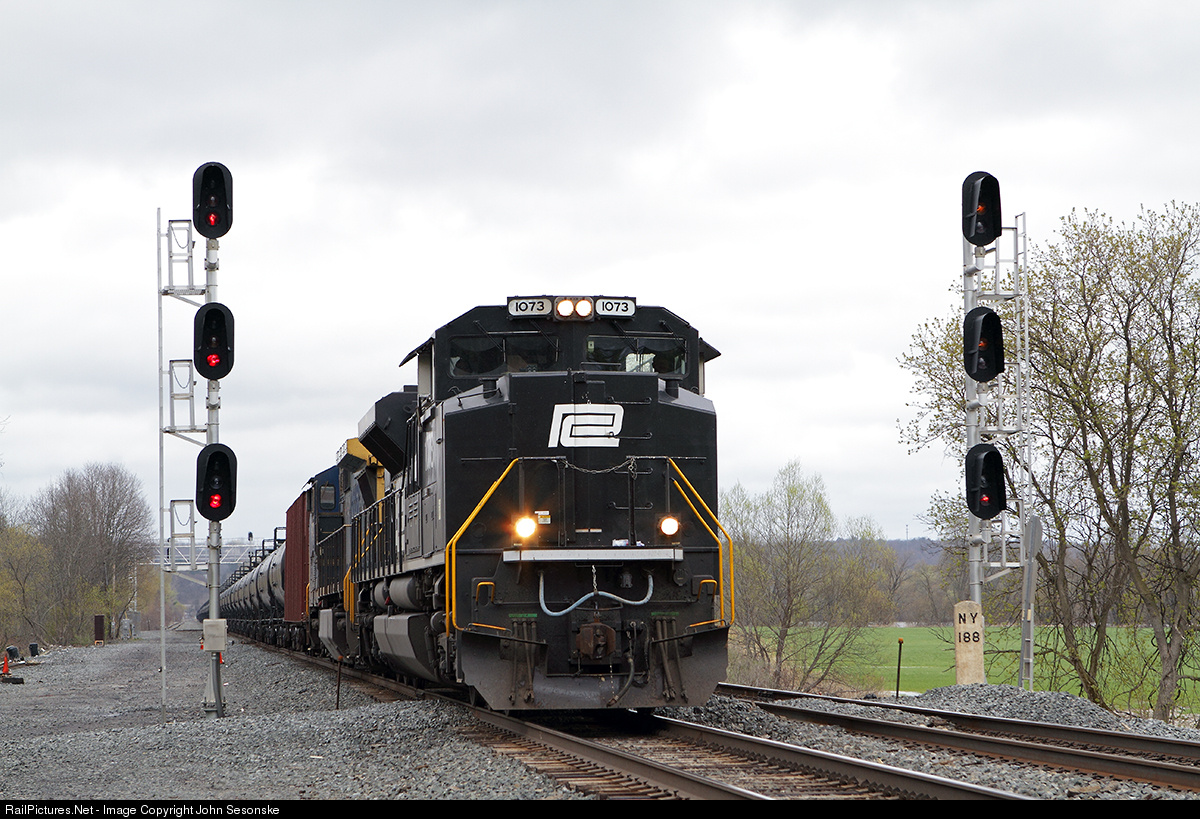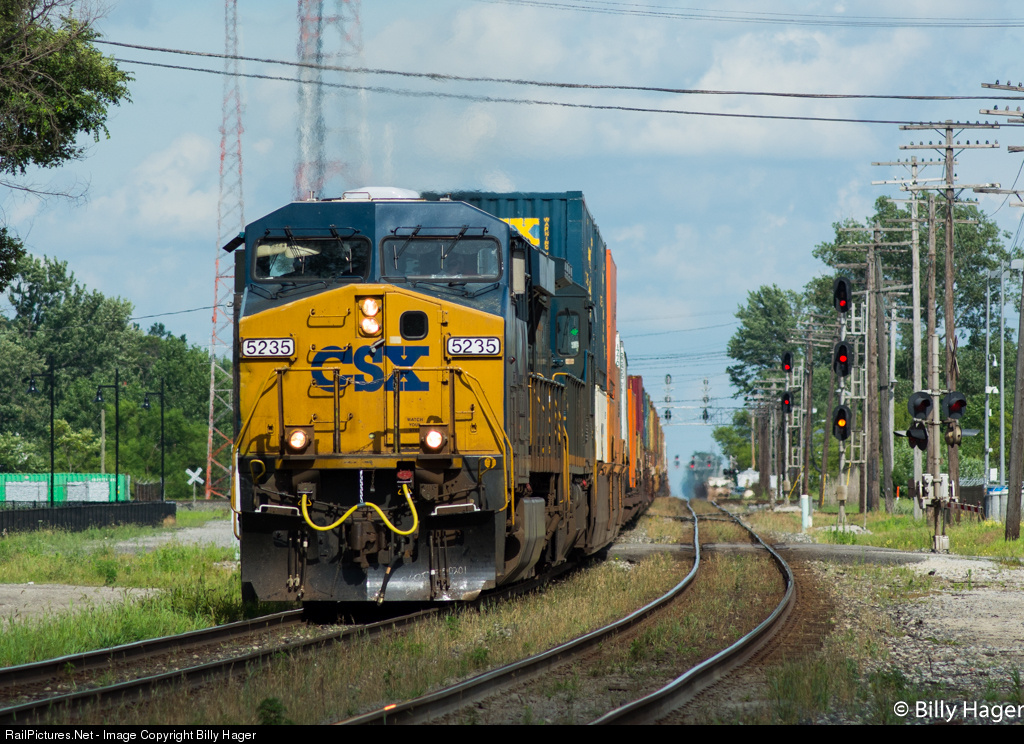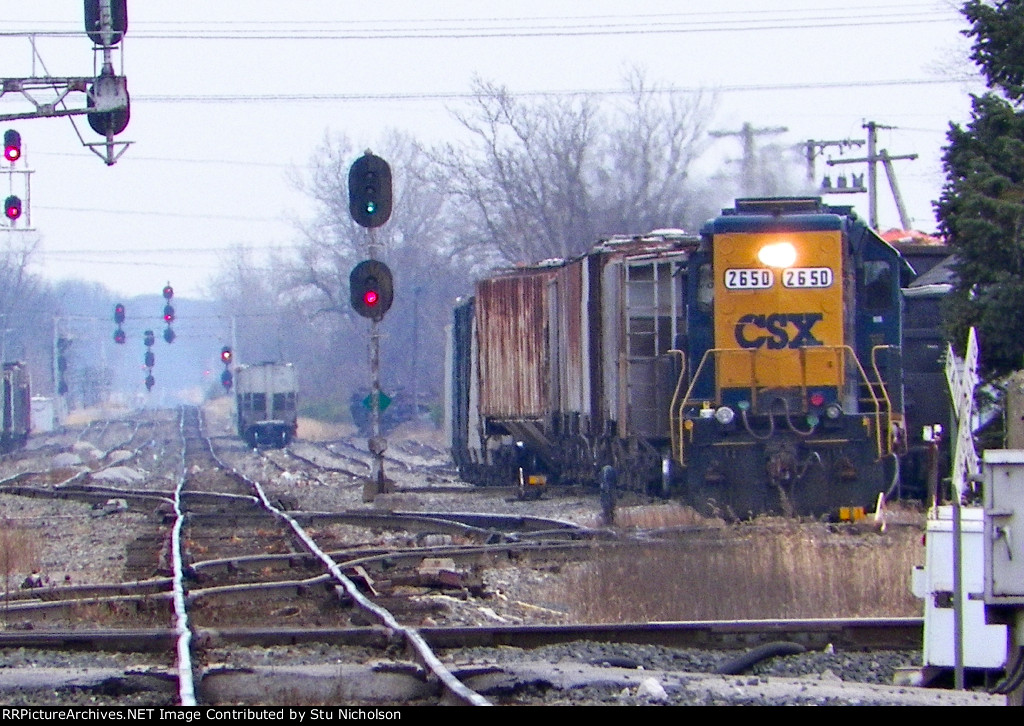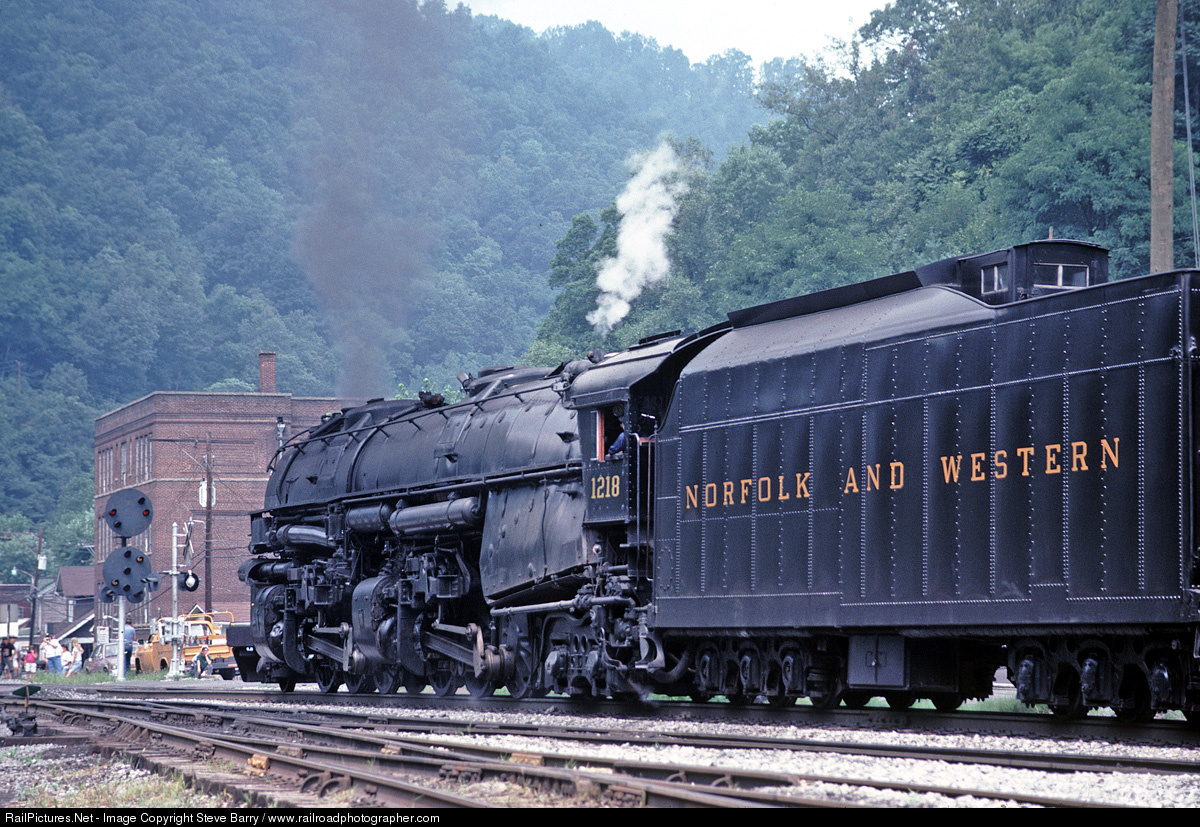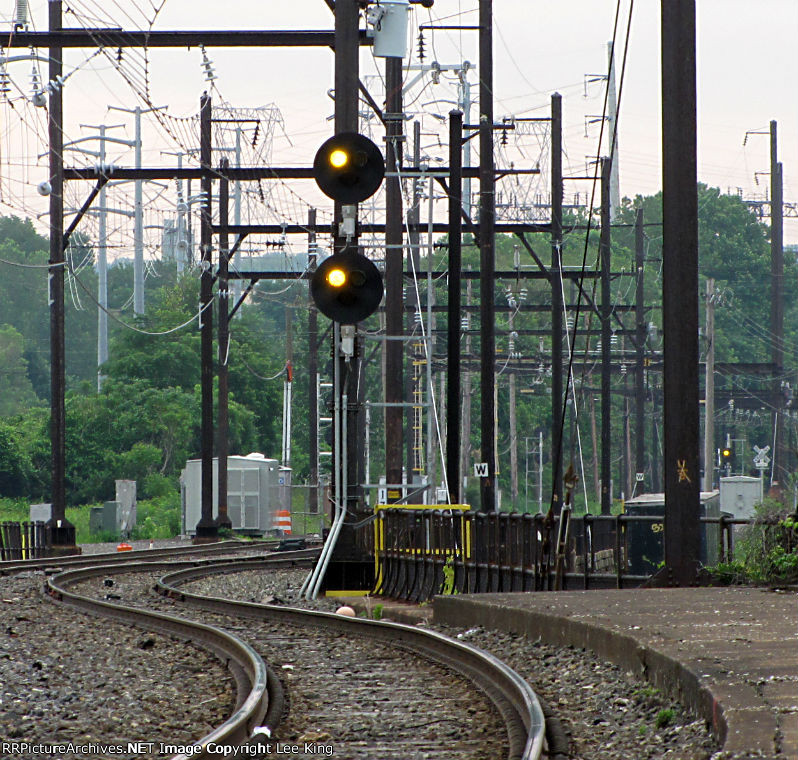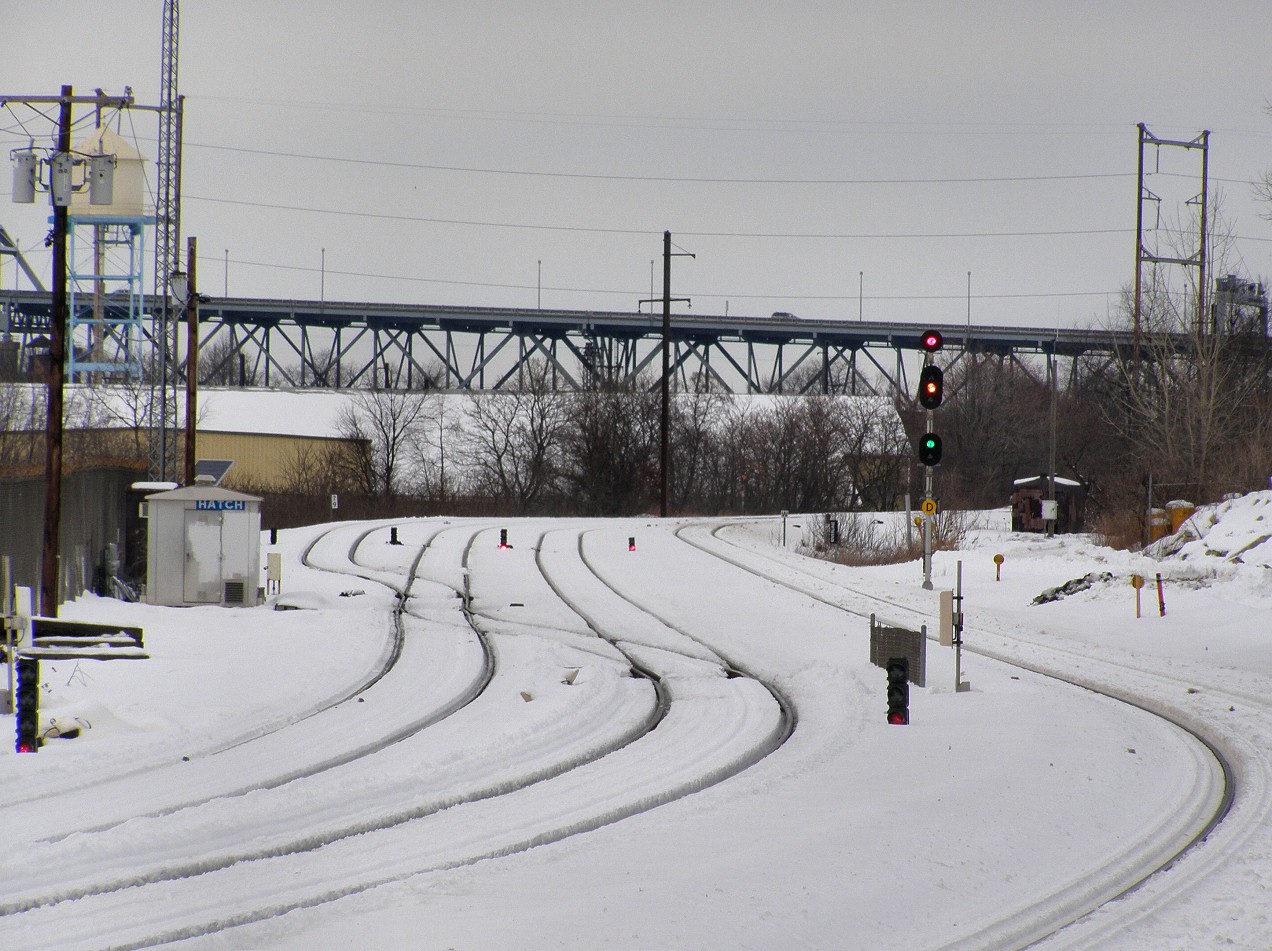Ah NORAC, the "there's more than one way to do it" signaling system was created out of the smoking mass of bankrupt railroads that were partly nationalized in 1970's in the form of Conrail, Amtrak and various state transportation agencies. Primarily associated with Conrail, which was faced with merging the rulebooks of 10 or so former Class 1 railroads, NORAC effectively took the average of each of its predecessor's signaling systems and declared it a standard resulting in a signal aspect chart that some find to be rather confusing and bloated.
The truth is that NORAC is fairly straight forward with most of the "bloat" stemming from the incorporation of three flavors of PRR Position Light into every signal rule. For today's discussing I will be ignoring the B&O CPL signal indications, which are basically used in Washington DC's Union Station complex and all the PRR PL rules as well seeing as they will get their own BKaSS post at some point in the future.
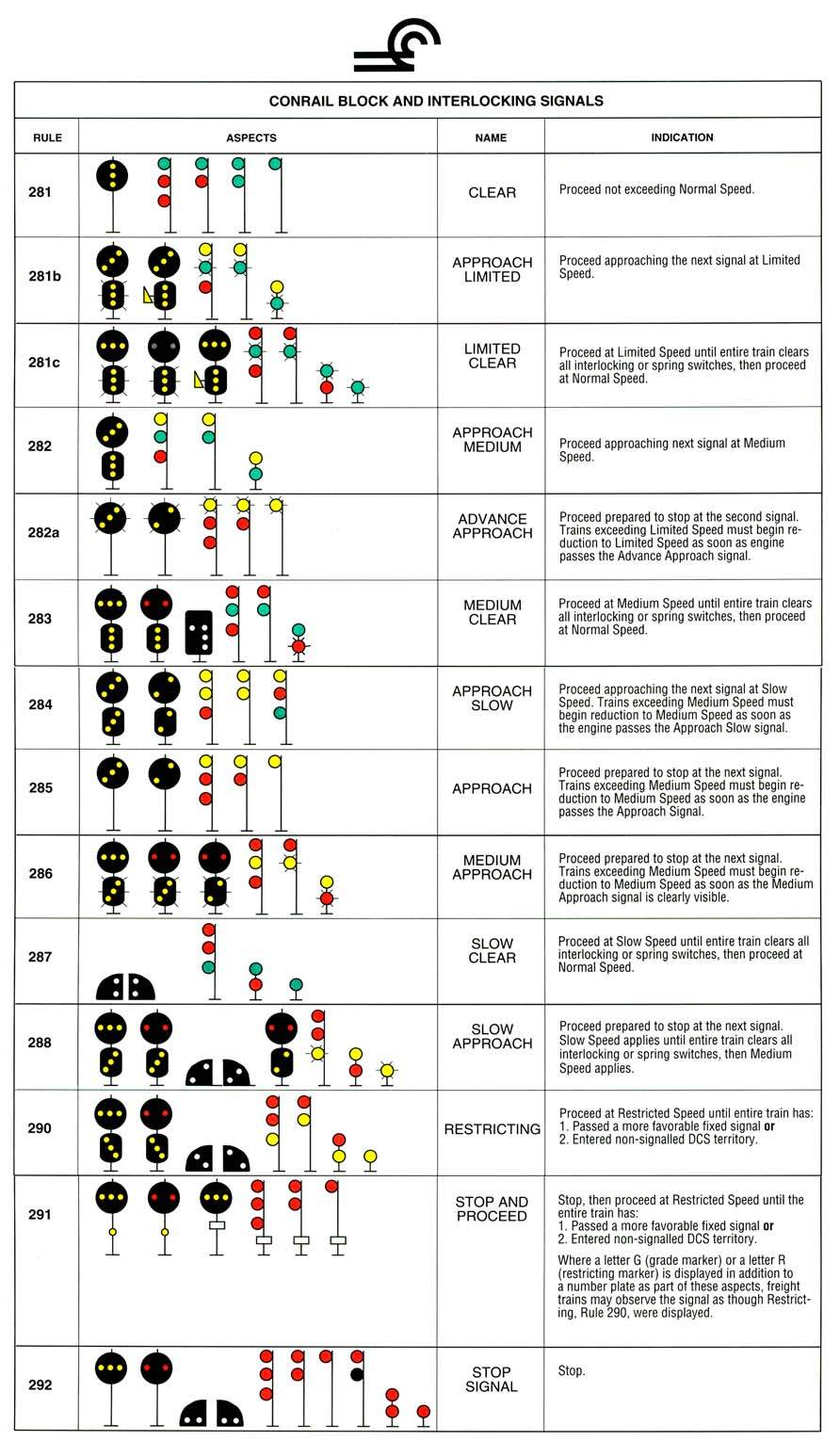 |
Simplified NORAC ruleset minus all the Amtrak specific aspects.
Strip out the PRR PLs and it is no more complex than any other. |
The truth is that NORAC did an admirable job combining the signal rules from so many different railroads. Both NS and CSX, when faced with the same problem, simply decided to adopt multiple signal rule sets with each railroad ending up with three, N&W, Southern and Conrail for NS and Seaboard, C&O and Conrail for CSX. 1999 Conrail breakup between NS and CSX devastated the "popularity" of NORAC as neither CSX and NS chose to enter into the compact, preferring their own rulebooks instead. This leaves Amtrak, NJT, SEPTA, MBCR and the Guilford Rail System as the largest remaining "official" users, although technically everything I say will apply to any former Conrail signaling.
 |
| NYC route, Penn Central gantry, NS heads, NORAC signal aspects. |
NORAC isn't just a speed signaling system, it is
the speed signaling system which sets the bar from which all other speed signaling (or semi-speed signaling) systems can be measured against. This isn't surprising considering it is the mashup of several existing speed signaling systems used by some of North America's largest railroads. We've covered a lot of this before with the D&H rules, but unlike those NORAC is designed for more than a single track main line with passing sidings and includes a total of four primary speeds, Slow (15 mph), Medium (30mph), Limited (40/45mph) and Normal (Line speed).
 |
| Medium Clear at SEPTA KALB Interlocking |
|
While not less notable thanks to railroad consolidation, NORAC was an early adopter of Limited speed, taking what had been mostly limited to giants like the PRR and NYC and making it an option over its entire territory. The speed upgrade was accomplished on high signals by flashing the Medium Speed green lamp. Dwarf signals are a bit more interesting as NORAC decided to give the *G* option on single light dwarf signals over to Limited Clear as opposed to Medium Clear as seen on the C&O. One might think that Medium Clear would be the morel likely upgrade path for a previously slow speed dwarf signal, but I guess Conrail had a bit of ambition or wanted to harmonize things with the *G*/R Limited Clear indication on a two lamp dwarf.
Speaking of Medium Clear, Conrail was faced with many instances of the legacy practice of having slow speed signals at the exits to sidings or non-signaled track. These could take the form of a single searchlight or three lamp dwarf signal. In some cases, where two lights were desired, the Red lamp in a G-Y-R stack could also be illuminated or a fixed red marker added below a searchlight. As G/R Medium Clear is already less desirable thanks to bulb out issues, one way to provide Medium Clear is to keep the G/R Slow Clear and then use R/G for Medium Clear, which is what the Seaboard system went with. As I mentioned before the C&O simply chose to
flash its single green for Medium Clear, but NORAC on the other hand picked a third option which was to flash the
red marker light for G/*R*. This is a unique solution to the Medium Clear indications on dwarf signals.
G/*R* is also a NORAC original seeing as the New York Central didn't even have a dwarf indication for Medium Clear.
Medium Approach is another interesting signal aspect under NORAC. Most of the NORAC color light tradition specified R/Y/R Medium Approach due to the use of R/Y for Restricting. However requiring three heads on almost all interlocking signals was getting in the way of Conrail's cost cutting fervor so a more efficient needed to be found, especially as signaling systems were modernized.
 |
| Each additional signal head costs upwards of $30,000! |
The solution actually came from the PRR which in 1956 adopted a
"R/*Y*" solution for the Medium Approach problem, which became an issue because the PRR only had use of two signal heads per mast and was running into issues having trains diverge over "straight" Approach.
This was translated to color light and is another unique NORAC signal aspect. Not content to stop there the Medium Approach not only followed in the Medium Clear pattern with Y/*R*, but, due to the lack of a straight Approach dwarf indication, took on that role as well.
NORAC was also unique in applying a special caveat to Medium Approach in that trains must begin reduction to Medium Speed as soon as the Medium Approach signal
become visible instead of after passing it. I am not sure why this is the case because visibility is a highly variable thing and such a rule would not be failsafe if it were actually safety critical. I suspect there was some accident back in the day and someone thought it would be a good idea. Other speed signaled railroads not only ignore this idea, but spit it in it's space by offering a Limited Approach rule as well. CSX makes use of its R/*Y* Limited Approach as a way to prepare lines to switch from NORAC to Seaboard rules seeing as how Medium Approach can be substituted for Limited Approach without loss of safety.
NORAC adopted the previously discussed practice of using both R/Y and R/R/Y for Restricting. This was the root cause for having an issue fitting in Medium Approach in the first place. While NORAC allows for the use of lunar Restricting I have never seen such a aspect employed by Conrail or any of the other NORAC member railroads, but again CSX found this useful when preparing lines to switch from NORAC to Seaboard rules.
Use of R/Y for Restricting can cause issues where engineers may also be used to traveling over territory with R/Y as Medium Approach and was cited as a contributing factor for an Amtrak rear end collision in Chicago.
 |
| Restricting into the yard. |
With R/R/Y on high signals and Y on dwarfs reserved for Restricting this then begs the question what to do about Slow Approach. Well once again flashing indications to the rescue.
NORAC broke from the NYC color light tradition in two additional places. The first is the use of Y/Y for Approach Slow, even thought the Y/R/G option was retained. Like R/*Y* Medium Approach, Y/Y Approach Slow could have been taken from the PRR tradition with its use of / over /. No shenanigans on the dwarf signals for this one and unlike Seaboard or NYC, don't have a dwarf option for Approach Slow.
If you are wondering what would then fill the role of Y/Y Advance Approach, you clearly didn't read my piece on
signaling dialects. Like many other signaling systems NORAC made the practical choice to adopt *Y* Advance Approach. The primary advantage is that it allows existing single head signals to be modified in software in case block lengths are shortened.
The last major deviation from its predecessor roads is the use of R/Y/G for Medium Approach Medium as opposed to the older Medium Approach Slow. Basically Conrail decided that the use case of Medium speed entrance to a siding with a dwarf signal exit was less important than back to back interlockings. Moreover with so much single tracking Conrail was not really bound to the old school method of implementing single block passing sidings. Lines with that system of operation were probably losing their signals entirely.
Still, M-A-M was never a popular indication on Conrail as signaling hardware and logic could be saved by the practice of diverging over Approach Medium/Slow/Limited to face a Medium/Slow/Limited Clear at the next interlocking. In NS has been making far greater use of M-A-M in its recent orgy of re-signaling than Conrail ever did. In fact the only place I regularly encounter this indication is on the River Line light rail system which is shared by the new Conrail SAA.
Well that is pretty much everything that makes the NORAC system unique and interesting. As you can see NORAC is perhaps the most 'flashy' signal aspect system outside of Canada. While most other systems may have one or two flashing indications NORAC has them all over the place, with their use in dwarfs pushing them past the likes of Seaboard. Now I didn't go into all the cab signal related signal rules, but those can be covered in their own post.
